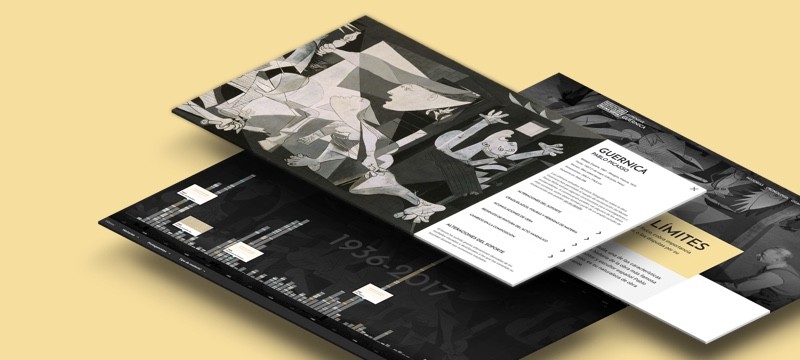Acting as the rightful owner of Guernica, Picasso accepted an invitation from Alfred H. Barr Jr., the then director of the Museum of Modern Art in New York, to leave the painting on loan at the museum, as well as other works the artist had made available for the exhibition Picasso: Forty Years of His Art (1939). The suggestion was put forward to avoid leaving such a remarkable and valuable set of works in a continent currently in the throes of war, and where their safety and conservation could not be guaranteed.
However, despite answering the loan requests for Guernica — which was generally done out of the spotlight and through Daniel-Henry Kahnweiler — the few times Picasso came forward to speak about the picture he avoided giving a formal, interpretive, symbolic or even political explanation of it.
In 1939, Picasso left Guernica and other works in long term loan at the Museum of Modern Art in New York.

Aware that its symbolic value had transcended its pictorial expression, Picasso contributed to the binding political and artistic reception of Guernica, as demonstrated by his interest in the painting’s participation at exhibitions in Milan (1953), São Paulo (1953), and the extensive tour around different European capitals between 1955 and 1956.
In this respect, Picasso accepted the work’s acknowledgement as a key component of the 20th-century art narrative established at the time by the Museum of Modern Art in New York, a narrative which as a museum project was political through and through. Moreover, he refused to remove the painting from the New York museum despite being urged to do so by campaigners protesting against the Vietnam War and America’s military’s intervention in the country, just as he refused, in 1968, the Franco regime’s solicitation to deliver Guernica to the future Spanish Modern Art Museum. In 1979, he once again stood his ground over the painting: it belonged to the Spanish people and would be handed over once the freedom that had dragged away was restored.







